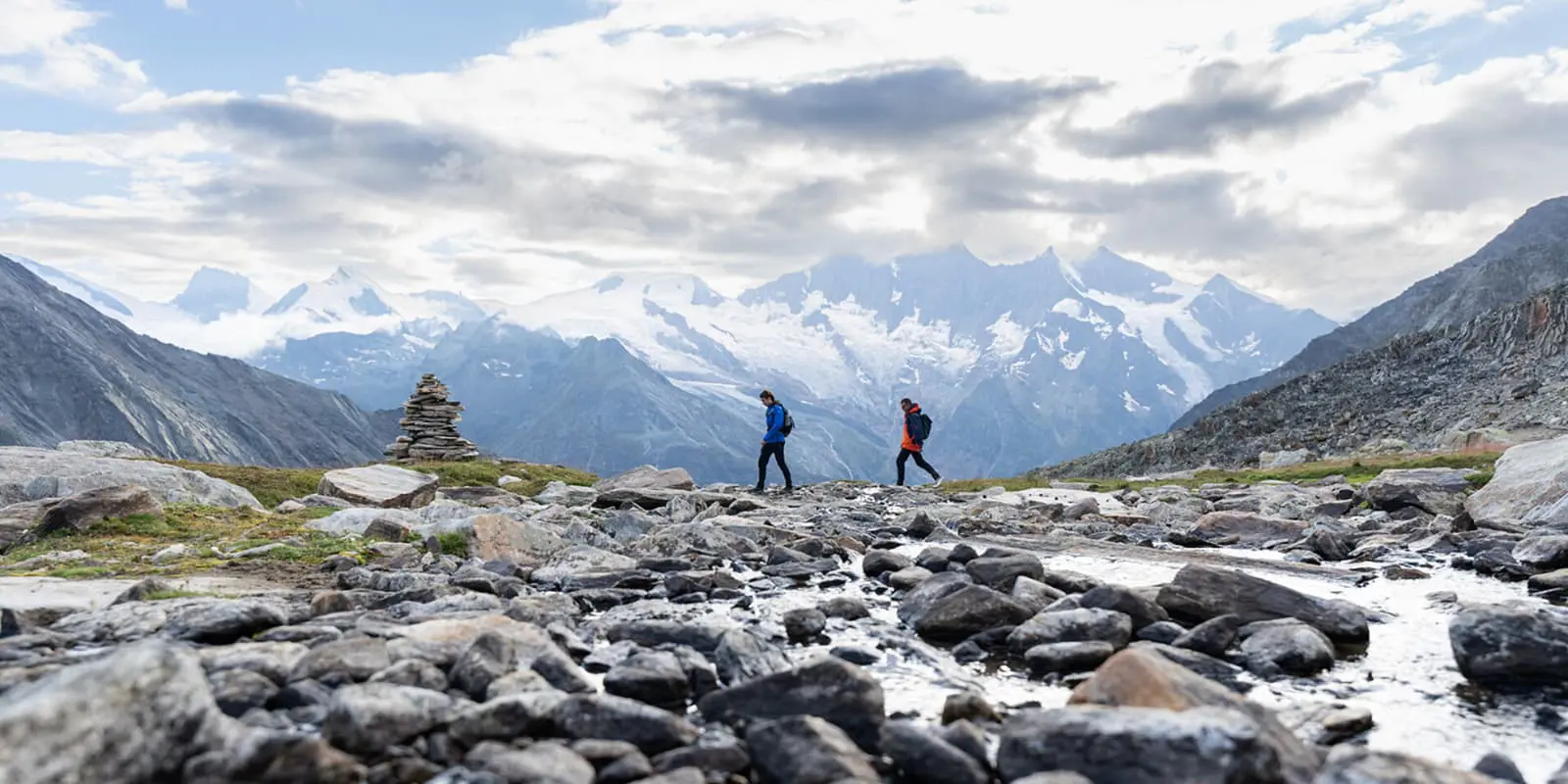The scenery is remarkable and you’ll witness rock formations gradually change shape and color as you head along the coastline; around every headland a new and impressive vista. The colors of green fields and countryside against the backdrop of the blue sea are vivid, and at certain times of the year, you’ll experience wildflowers: bright yellow gorse and striking purple heather lining the footpath. Hiking along the SWCP is a delight for your senses; the challenge and rewards make this trail an unforgettable trek.
If walking in its entirety, reaching the trailhead of Minehead or Poole (depending on which direction you wish to walk it) is straightforward as both are connected by public transport links. Use Rome to Rio to find out how best to get there from wherever you are.
As the coastline is popular with holidaymakers, there are an array of facilities along the route but much of the time, there are days that are more remote where you’ll have the place to yourself.
It’s possible to resupply for food in the towns along the way, and you’re not likely to need to carry more than 4 days of food at any time. There are plenty of shops in towns and places to buy a cooked meal for times when you don’t wish to cook, plus cornish pasties are available almost daily. Water is generally available everywhere, but depending on the weather conditions you may want to carry extra for longer stretches. You will find drinking taps sometimes and can ask at pubs, cafes, accommodations, churches, and even locals themselves at home and everyone is usually happy to help.
The trail is signposted well throughout and you will follow the white ‘acorn’ symbol. Do note that the distances marked on the signposts aren’t always accurate though. The entire trail can be found on Google Maps too should you need to check where you are in cross-reference with GPS. If in doubt, always make sure the sea is on your right (if you’re traveling west to east, that is)!















